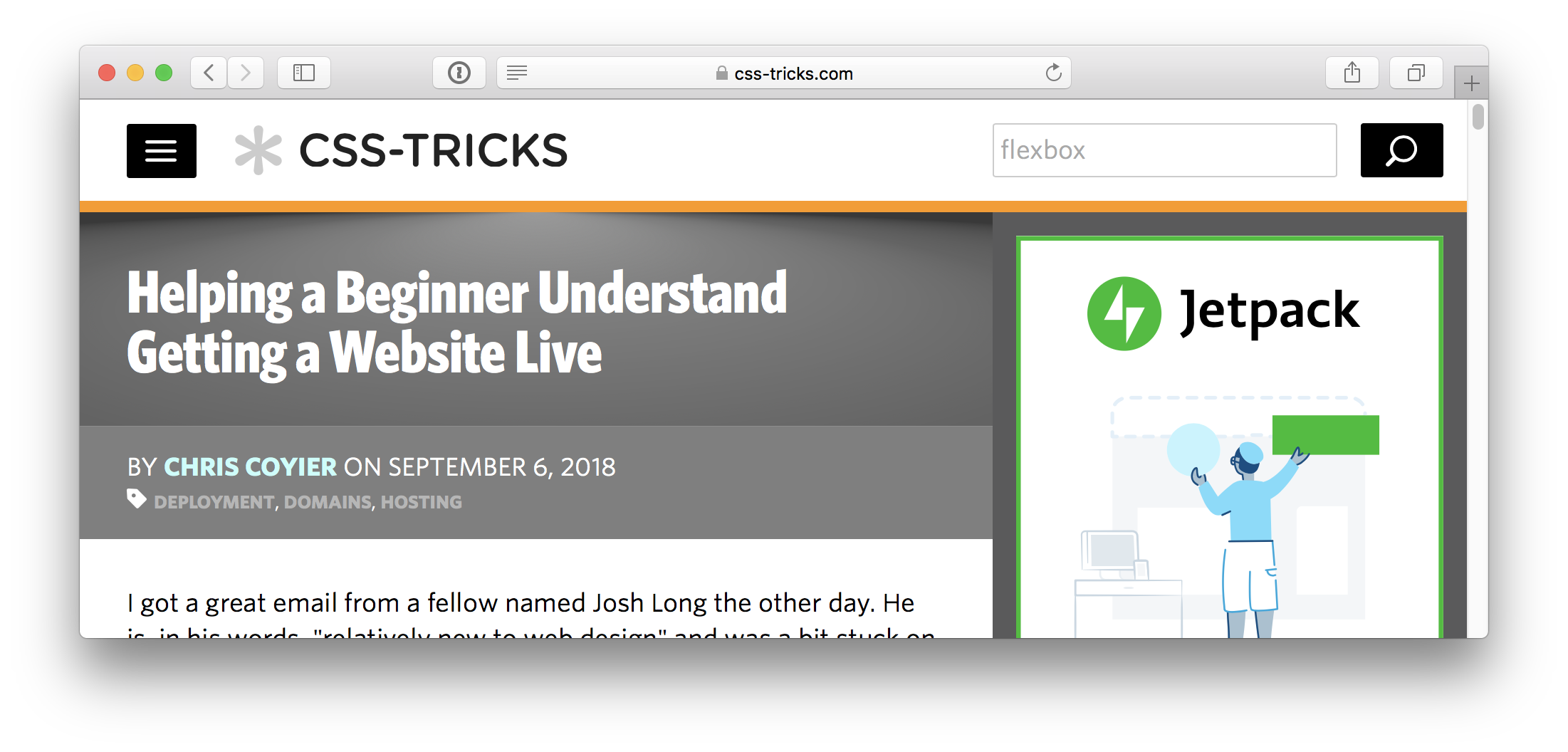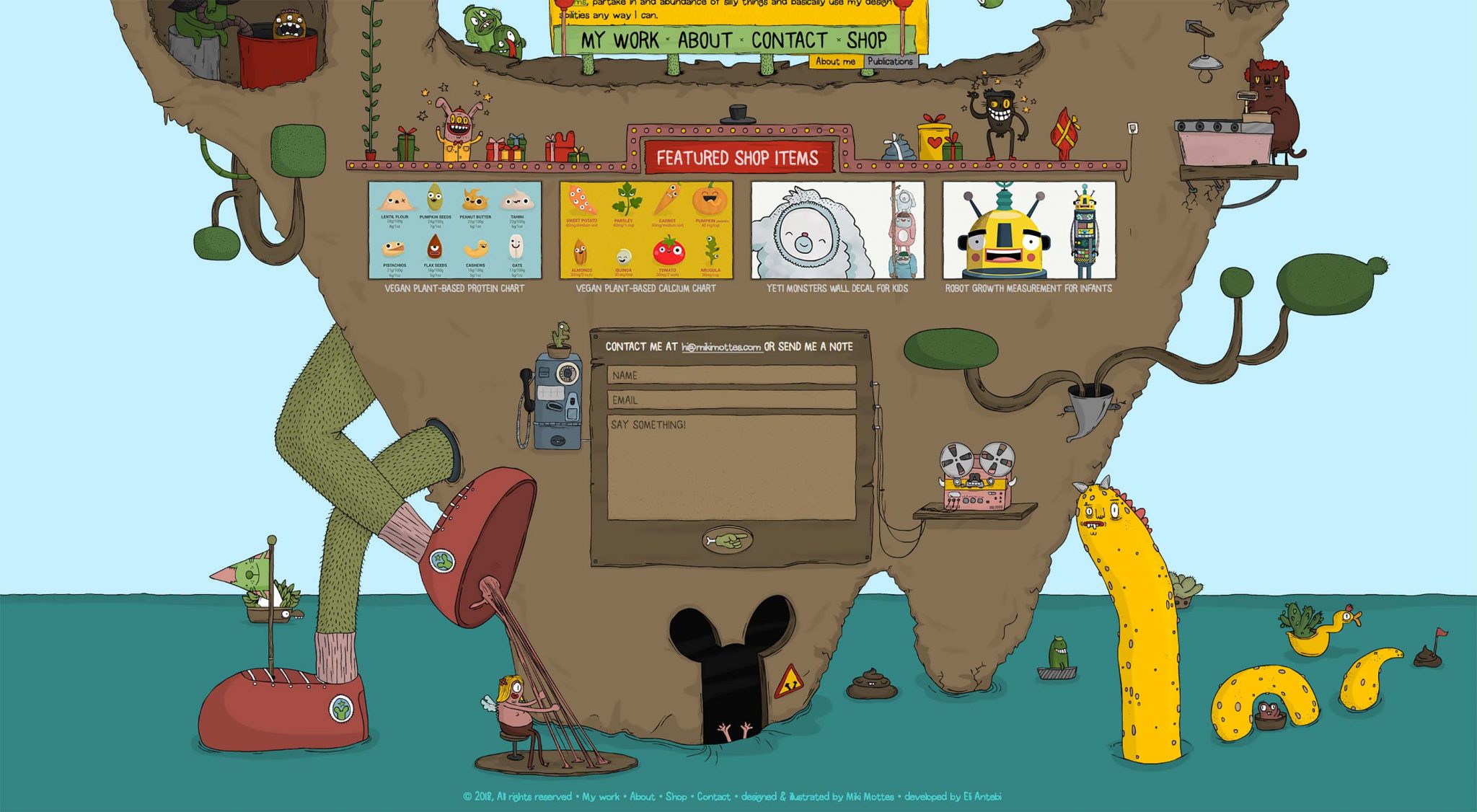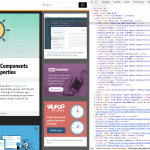“Killing the URL”
It was Safari who first started hiding the complete URL. Here's what CSS-Tricks looks like even when you're on an article page by default in Safari:
The full URL path is hidden.You can only fix it (YES, FIX IT) by checking "Show full website address" in settings.
Preferences > AdvancedWe've already damaged the sanctity of URLs in a way with URL shorteners. Thankfully, those are used less and less with social networks, like Twitter, not counting the URL toward the total tweet character count anymore.
Now, Lily Hay Newman reports Chrome sees problems as well:
"People have a really hard time understanding URLs," says Adrienne Porter Felt, Chrome's engineering manager. "They’re hard to read, it’s hard to know which part of them is supposed to be trusted, and in general I don’t think URLs a...





